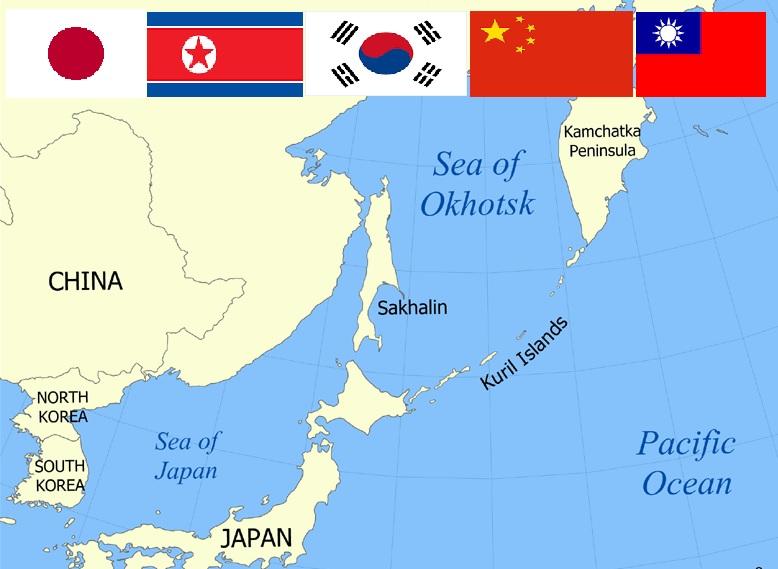Decoding Northeast Asia’s Geopolitical Crossroads: Lessons from Europe’s Past
Unraveling the Complexities of Northeast Asia’s Rising Tensions
The geopolitical climate in Northeast Asia today increasingly mirrors the volatile atmosphere that gripped 19th-century Europe—a period marked by intense rivalries, shifting alliances, and unresolved historical wounds. The region is entangled in a web of deep-rooted disputes stemming from colonial legacies, contested borders, and nationalist fervor. These factors collectively fuel an environment where diplomatic progress remains fragile and conflict risks escalate.
- Enduring Historical Disputes: Residual bitterness over Japan’s imperial actions continues to strain relations with neighboring countries.
- Surging Nationalism: Heightened patriotic sentiments often overshadow efforts toward regional cooperation.
- Military Escalation: Frequent military drills and arms accumulation intensify mutual suspicion among states.
This intricate situation invites comparison with Europe’s pre-World War I era, characterized by fragmented alliances and territorial ambitions that ultimately led to widespread conflict. The parallels are striking when examining key elements such as disputed territories and unpredictable diplomatic alignments in both contexts.
| Nineteenth-Century Europe | Northeast Asia Today |
|---|---|
| Tensions over localized border conflicts expanding into larger wars | Sovereignty disputes like those surrounding the Senkaku/Diaoyu Islands escalating regional friction |
| Fluid alliance systems prone to sudden shifts | Volatile partnerships influenced by North Korea’s provocations and great power interests |
| Nationalistic policies driving militarization and foreign agendas | Renewed emphasis on national identity shaping defense postures across China, Japan, South Korea |
The Role of National Pride and Military Expansion: Echoes from European History Revisited
The resurgence of nationalism combined with rapid militarization presents one of the most pressing challenges facing Northeast Asia—reminiscent of Europe’s trajectory before World War I. Back then, fervent national pride fueled competition for dominance; similarly today, governments leverage patriotic narratives to consolidate internal support while justifying increased defense budgets.
- Intensified Nationalism: Political leaders often harness nationalist rhetoric to strengthen domestic legitimacy amid external threats.
- An Arms Race Underway: Defense expenditures have surged dramatically—China alone allocated approximately $293 billion in military spending during 2023—the highest globally outside the United States—while Japan ($54 billion) and South Korea ($45 billion) also significantly ramp up their capabilities.
- Persistent Historical Animosities: Unsettled grievances dating back decades continue to poison bilateral relations between neighbors like Japan-South Korea or China-Japan.
| Nation-State | 2023 Military Budget (USD) | Key Regional Flashpoints |
|||||
|---|---|---|---|---|---|---|---|
| China< / td >< td style =" padding :8 px ; ">$293 Billion< / td >< td style =" padding :8 px ; ">Taiwan Strait tensions; South China Sea claims< / td > tr > | |||||||
| Strategy |
Expected Result |
|---|---|
|
Multilateral Dialogues |
Strengthened Regional Cooperation |
| Cultural Exchanges | Enhanced Mutual Respect |
| Joint Economic Ventures | Shared Economic Growth |
